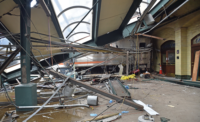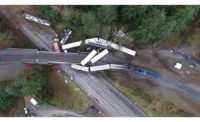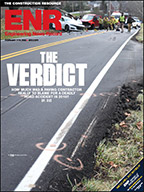Indian Runways Examined After Fatal Crash
Following the crash of an Air India Express plane in Mangalore on May 22, a report by the civil aviation ministry has identified 11 critical runways for extension.
An inquiry is under way to verify the cause of the crash in Mangalore. Many have questioned whether the design of the 2,450-meter-long, 45-m-wide tabletop runway bracketed by 60-m-long, designated fore-and-aft Runway End Safety Areas could have contributed to the accident.
Ravines at both ends of the runway drop sharply, down to 80 m. The aircraft overshot the runway during landing and toppled into a ravine, killing 158 people.
The International Federation of Airline Pilot Associations has been asking for an extension of RESAs to 300 m for all category-4 airports.
The minister for civil aviation, Praful Patel, announced that the runway length would be increased by 304 m to 2,743 m and include a larger spillover area. But design consultants say this is not the ideal solution.
The gorge would have to be filled on either side with mud and stones, which would be costly and could compromise the runways’ structural integrity in the long term, an aviation safety expert told ENR.
Alur Natraj, senior designer with Netherlands Airports Consultants, agrees the runway could have been longer, saying it was designed to meet codes of the International Civil Aviation Organization.
The Directorate General of Civil Aviation (DGCA) is examining nine other critical airports—in Leh, Kullu, Shimla, Port Blair, Agartala, Lengpui, Calicut, Mangalore and Latur—where runways would need to be upgraded.
The Mangalore airport runway, completed in 2006, was the first in the state of Karnataka that was built with concrete, says Natraj. “The problem with concrete is when it goes bad, it goes very bad,” he says.
The non-governmental organization Environment Support Group (ESG) claims there was no feasibility study conducted on the runway. “Nobody seems to care that the runway should have been constructed on the northern side of the old runway,” says Leo F. Saldanha, ESG coordinator. “But they did not want to dislocate the landed gentry.” He contends that runway’s length would have been 3,658 m.
Saldanha also says a national building-code standard clearly states that there should be no tall structure in the airport’s vicinity; however, there is a 90-m-high refinery close by, obstructing pilots’ views.




